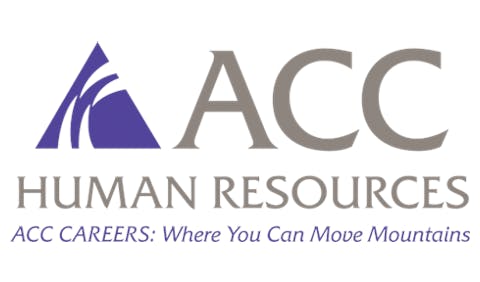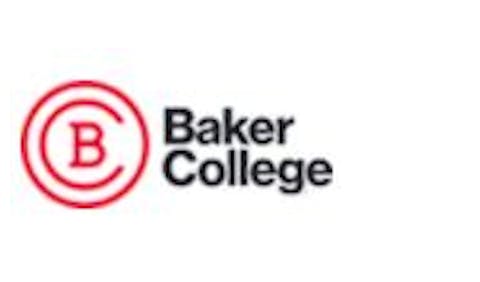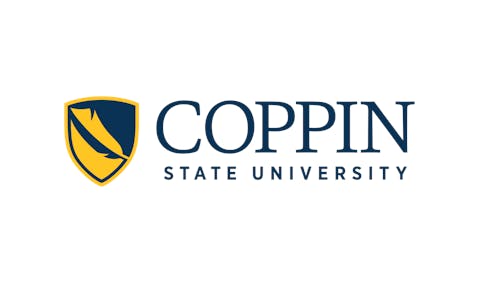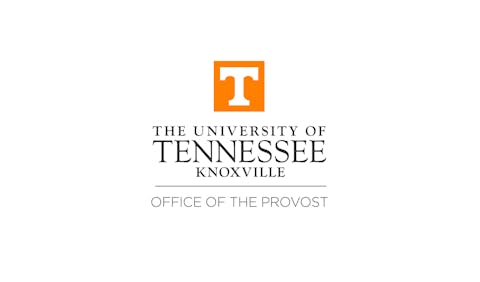“When I first met with my advisor, I was excited to dive into my program,” says Maria, a first-generation community college student. “But when I realized there was no pre-college math course to take, I panicked. I had always struggled with math. I thought, ‘How am I going to pass this class?’” Maria’s experience is not uncommon. Since the enactment of AB 705 in California, community colleges in the state have seen an undeniable increase in the number of students enrolled in transfer-level courses. This shift is especially evident when comparing pre- and post-implementation AB 705 data. For example, the percentage of first-time students enrolling in transfer-level math and English courses within their first year of college rose dramatically between the fall 2015 and fall 2020 cohorts. This surge in access aligns with AB 705’s core objective: to remove gatekeeping mechanisms like placement tests that had historically placed California students in remedial courses, delaying their academic progress. Many other states have adopted or are implementing similar reforms and are observing comparable outcomes. Dr. Alfred McQuarters
Dr. Alfred McQuarters
An Examination: Persisting Equity Gaps
While student access to transfer-level Math and English courses has increased, the completion equity gaps that persist among Black and Latinx students warrant deeper scrutiny. Understanding the identities of students left behind is crucial to mitigating the unintended consequences of any policy. Jason, a research participant in a study examining success strategies for Black males thriving in STEM programs at community colleges, articulated a concern that AB 705 has established a barrier that “only well-prepared Black males can surmount.” When we consider this observation alongside the fact that Black males consistently graduate from high school at lower rates than their peers, it highlights a significant area for further investigation. As Black community college presidents leading this work in California, these challenges are personal to us.
Role of a Black Community College President/CEO
Community colleges serve as a gateway to opportunity, particularly for students of color. As college presidents we hold a dual responsibility: advancing institutional change while contending with the systemic inequities that impact students. The legacy of racial inequities in education is not an abstraction; it is a lived reality that resonates both with the students we serve and within the leadership spaces we occupy.
It is critical that policies like AB 705 do not become new gatekeepers for students, but instead become pathways to real opportunity. As Black community college presidents, we carry both the hope and the expectation that our leadership will dismantle the very barriers we once faced. This dynamic not only informs how we advocate for students but also shapes how we collaborate with faculty, staff, and other leaders to build systems that uplift every learner.
Reframing: Moving Beyond the “One-Size-Fits-All” Critique
While concerns persist that AB 705 is failing and that it adopts a “one-size-fits-all” approach, this perspective overlooks a critical point: the policy is not an inflexible mandate but rather a bold framework that empowers educators to innovate. As President/CEO, it becomes essential to elevate this narrative of flexibility and grassroots innovation, ensuring that the policy is implemented in ways that reflect the diversity of student experiences. Eliminating remedial education is not a blanket solution, but it serves as a necessary intervention to halt a system that has disproportionately affected minoritized students.
Rather than constraining educators, AB 705 lays the groundwork for new strategies—like culturally relevant pedagogy, curriculum revisions, and embedded supports. These efforts are vital to ensuring Black and Latinx students, who have been disproportionately affected by underfunded schools and systemic bias, thrive in transfer-level courses.
Collaboration, Courage, and Commitment to Shared Equity Leadership
The responsibility to close equity gaps and foster environments where every student can succeed goes beyond policy compliance-it demands a shared equity leadership approach. Collaboration becomes a lifeline in leading the implementation of AB 705. As a college president, building trust and forging partnerships with faculty, staff, and the community is central to the mission. It requires challenging conversations about implicit bias and systemic inequities that may still linger in the college. For example, Jason’s observation and experience that academically well-prepared Black males often encounter skepticism highlights the need for training and dialogue to shift attitudes and eliminate unconscious barriers to student success. Addressing these issues demands that leaders create spaces where we can explore our own biases and redesign institutional practices to meet students where they are. And when a college president actively advocates for equitable practices, it signals to the entire institution that student outcomes—not just enrollment numbers—are the measure of true success. Dr. Denise Richardson
Dr. Denise Richardson
Measuring Success by Student Outcomes, not Policy Compliance
AB 705’s bold framework acknowledges the racialized barriers that have historically limited educational opportunities for Black, Latinx, and other underrepresented students. While it has removed one major obstacle—remedial education—it has also established a new standard for measuring success: by the outcomes achieved by students. As a college president, leading with this equity-focused lens means asking the hard questions: Are our most vulnerable students truly succeeding? Are we doing enough to support them?
Policy alone is not enough. It must be policy rooted in equity—relevant to the lived experiences of students and responsive to their needs. This work involves continuous iteration, drawing on student feedback, and adjusting to ensure that every student receives the support they need to succeed. In this way, AB 705 is not the finish line but the starting point for deeper change. As a college president, our role is to ensure that these changes are sustained and that the promise of open access is fulfilled for all students. It is not just about surviving transfer-level courses but thriving in them.
The Future of Open Access: A Call to Action
The narrative of unintended consequences surrounding AB 705 evolves into a story of bold policy that requires reframing. As college presidents we must be visionaries who bridge policy with practice. This leadership requires courage, creativity, and an unapologetic commitment to equity.
Maria’s story exemplifies the implications of the shift to transfer-level courses. By removing unnecessary barriers and providing meaningful support, AB 705 fosters a genuine pathway for students like her. This is the promise of AB 705: a system where every student, regardless of background, has access to the tools and opportunities needed for success. But it is not just about access—it is about building an educational ecosystem that nurtures every student’s potential.
Open access is inextricably tied to equity. It’s not just about opening doors—it’s about making sure students walk through those doors with everything they need to succeed. Let AB 705—and the experiences of Maria and Jason—inspire bold action toward equitable student success, driven by the courage of leaders who understand that equity is not a destination but a continuous journey.
Dr. Alfred McQuarters is president of Los Angeles Trade-Technical College.
Dr. Denise Richardson is president of Berkeley City College.
Editor's Note- Behind the Desk: Perspectives of Black Community College CEOs is a column edited by Drs. Tina M. King, Jamal A. Cooks and David M. Johnson.











